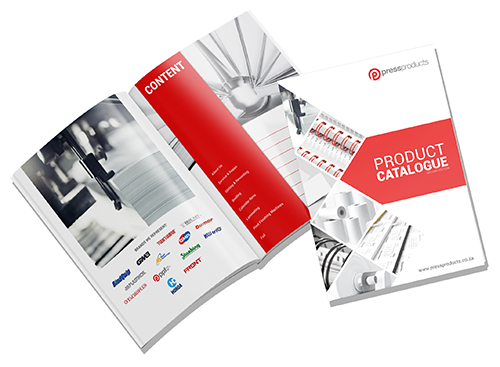
When it comes to promotional items, custom calendars are a timeless classic. They offer year-round brand exposure, and when designed thoughtfully, they can become more than just a functional tool—they can be a work of art that customers cherish. But how do you create custom calendars that not only serve their purpose but also sell? In this blog, we’ll share valuable design tips and ideas to help businesses create eye-catching and appealing custom calendars that resonate with their target audience.
1. Know Your Audience
Understanding your target audience is the first step in designing a custom calendar that sells. Consider their preferences, interests, and needs. Are you catering to a corporate crowd, a niche hobbyist group, or a family-oriented market? The design should align with your audience’s tastes and values.
2. Start with a Theme
A cohesive theme ties your calendar together and gives it a sense of purpose. Whether it’s based on seasons, landscapes, inspirational quotes, or your brand’s story, a theme guides your design decisions and helps create a more engaging calendar.
3. High-Quality Imagery
Invest in high-resolution images that are not only visually appealing but also relevant to your theme. Crisp, clear photos or artwork can make a significant difference in the overall impression of your calendar. Professional photography or graphic design services can be worth the investment.
4. Keep It Simple
Less can often be more in calendar design. Avoid cluttering each page with excessive graphics or text. A clean, uncluttered layout not only looks more appealing but also provides ample space for notes and appointments.
5. Consistent Branding
If the calendar is part of your marketing strategy, ensure that your branding is consistent throughout. Use your brand’s colors, fonts, and logo to create a cohesive look and reinforce brand recognition.
6. Highlight Special Dates
Custom calendars offer an opportunity to highlight significant events, product launches, or promotions. Make these dates stand out using distinctive graphics, colors, or callout boxes to draw attention to them.
7. Typography Matters
Choose fonts that are easy to read and complement your design. A mix of fonts can add variety, but use them sparingly and ensure they work well together. Pay attention to font sizes, especially for important information.
8. Test Your Design
Before finalizing your calendar, gather feedback from a diverse group of individuals, including potential customers. Testing your design with real users can uncover issues and help refine your calendar for better sales potential.
9. Quality Printing
Don’t overlook the importance of quality printing. High-quality paper, finishes, and binding can significantly impact the perceived value of your calendar. Work with a professional printing company to ensure the final product meets your standards.
10. Promote Creatively
Once your custom calendar is ready, think creatively about how to promote it. Consider bundling it with other products or offering special discounts to boost sales. Social media campaigns, email marketing, and in-store displays can also help spread the word.
In conclusion, designing custom calendars that sell requires careful planning and attention to detail. By knowing your audience, choosing a compelling theme, using high-quality imagery, and following these design tips, you can create calendars that not only serve as effective promotional tools but also delight your customers and drive sales. Remember, a well-designed calendar isn’t just a timekeeping device; it’s a piece of art that tells a story and fosters a connection between your brand and your audience.



You must be logged in to post a comment.